
Improving your indoor air quality is a challenge you can actively address.
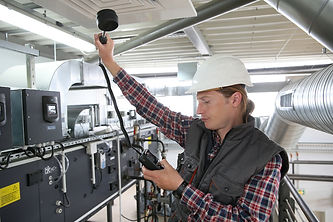
Our Services
Worried about your indoor air quality? Our professional assessment can evaluate the health of your home or building and offer practical solutions for identifying and preventing potential issues.
Effectively managing the spaces where we live and work can help minimize indoor air quality (IAQ) concerns. We provide expert evaluations of your home or building’s health in the Ottawa region. Since IAQ and mold issues are often complex and microscopic, a thorough assessment is essential to identify problems and solutions accurately.
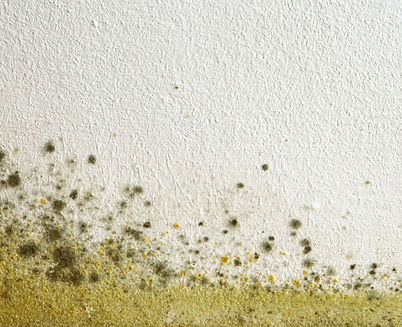
Airborne Mold / Fungi
Mold growth is one of the most common indoor air quality problems. Many fungi produce irritants, allergens and some molds produce toxins. Fungal growth in buildings is undesirable and may cause health problems for building occupants
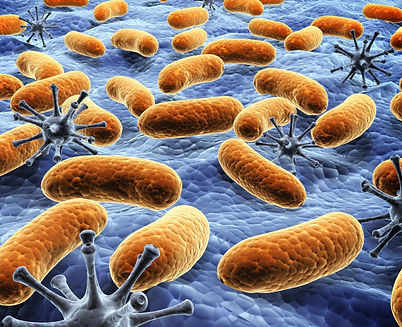
Bacteria & Viruses
Bacterial communities can develop in HVAC systems. Various research findings have shown that HVAC systems provide favourable breeding grounds for some microbials leading to subsequent but unintentional pollution of indoor air. We can quantify the amount of bioaerosols in your indoor air.
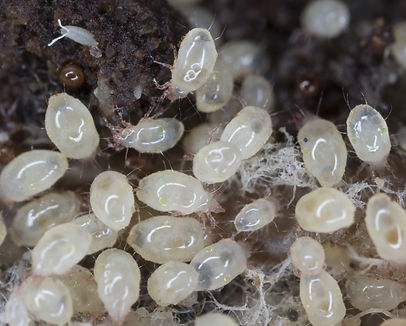
Dust Mite Allergen
Dust mite allergy occurs as a result of an allergic reaction to small insects that typically inhabit household dust and bedding. Many people with dust mite allergy also experience signs of asthma, such as wheezing and difficulty breathing.
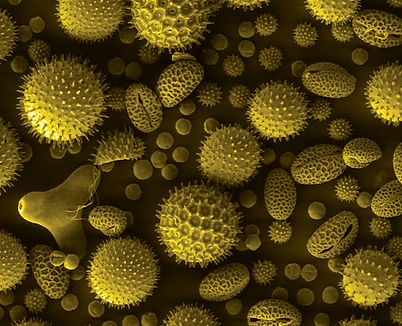
Pollen Allergen
Pollen is one of the most common triggers of seasonal allergies. Pollen allergy occurs due to an immune response to airborne pollen grains, the tiny particles released by trees, grasses, and weeds.
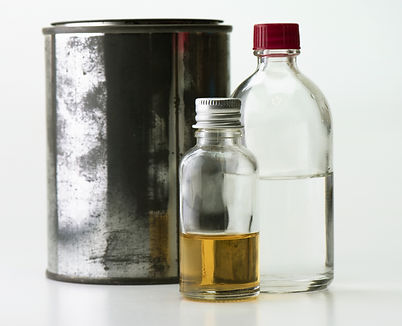
Volatile Organic Compounds (TVOC)
VOCs are emitted as gases from certain solids or liquids. VOCs include a variety of chemicals, some of which may have short and long-term adverse health effects. Concentrations are consistently higher indoors than outdoors. VOCs are emitted by a wide array of products numbering in the thousands.
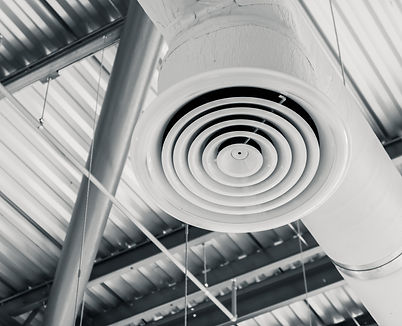
HVAC Ducts & Ventilation Assessment
Workers desire healthy and comfortable working conditions and presence of mold in an HVAC system is a common complaint. We can conduct tests to inspect for dirty ducts, poor ventilation, and the presence of mold and bacteria in HVAC systems
Other Services
We also offer sampling for lead, asbestos, formaldehyde, dust mite allergens, indoor allergens, PCR and ERMI mold testing, CO2 levels, ventilation effectiveness, HVAC duct inspections, and radon monitoring.
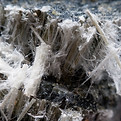
Asbestos
People may be exposed to asbestos in their workplace, their communities, or their homes. If products containing asbestos are disturbed, tiny asbestos fibers are released into the air. If you breathe asbestos fibers, you may increase the risk of several serious diseases, including asbestosis, mesothelioma and lung cancer.

Air Flow Measurements
Assess the HVAC system performance by measuring the flow of air from duct outlets, verifying that each area of the space receives optimal ventilation. Achieve comfort, energy efficiency, and indoor air quality while ensuring that the airflow and environmental conditions within a building are properly distributed and maintained
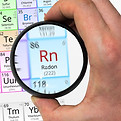
Radon
Radon is an invisible, odorless gas. You can't see radon. You can't smell it or taste it. But it may be a problem in your home. Radon is the second leading cause of lung cancer in Canada. You and your family can breathe in high levels of radon without knowing it. When inhaled, radioactive particles can damage the cells that line the lung
Satisfied Clients
“I am another highly satisfied customer!”
We thought we had a mold problem, but it turned out to be dust mite allergens.They were super helpful and did a great job at explaining the issues in a way we could understand.
Mike Frattura, Stittsvile, ON
“Best money I have ever spent!”
I struggled with coughing and breathing difficulties for almost a year. Justin pinpointed the problem area in my home and offered solutions to remedy it. I have never felt better. Thank you!
Margret, Orleans, ON
"They were very responsive, professional, and personable"
Very thorough and they even checked the HVAC vents. Excellent report and recommendations that really improved my air quality.
Earl Belliveau, Ottawa, ON
"Great company to use if you have mold or indoor allergies"
Very informative and friendly. Not only is the owner knowledgeable, he uses only the highest level of industry equipment
Bashir Manji, Barrhaven, ON
How to test the air quality for mold spores?
The most common method for testing mold spores in the air is non-viable air sampling, also known as “spore trap analysis.”: This method involves collecting air samples using a pump that draws air through a spore trap or cassette. These traps capture airborne particles, including mold spores.
Standard practice is to keep the windows closed for at least 24 hours before testing. The sampling equipment is typically positioned at breathing height. Samples should be collected from various indoor locations, including both areas of concern and control areas (areas not suspected of mold growth). An outdoor sample should also be collected to serve as a reference.
Microscopic airborne spores are drawn into these cassettes, which contain a glass slide coated with adhesive. As the spores enter, they become embedded in the adhesive layer on the glass slide. The cassettes are then sent to an accredited laboratory, where they are microscopically analyzed by a trained environmental microscopist or mycologist.
Testing for mold spores in the air allows professionals to assess the presence and concentration of mold in an indoor environment. This data helps pinpoint problem areas that are likely caused by condensation, moisture issues, or water damage. After identifying the source of the moisture problem, the necessary steps can be taken to remediate the mold growth and prevent additional indoor air quality issues.
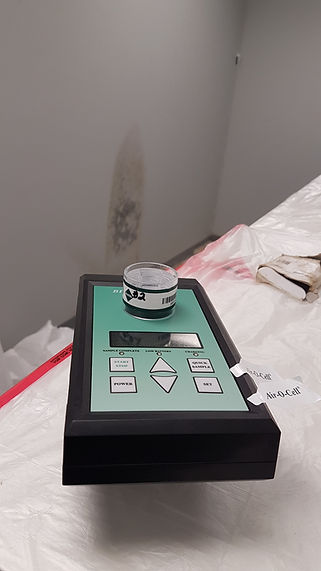
Satisfaction Guarantee
We establish a sampling plan based on what we identify during our inspection, taking into consideration your budget.
4 hour on-site consultation with testing
Sampling for general indoor mold/fungi
Readings for TVOC and CO2 levels
Screening for bacteria/viruses & pollen
Fine particulate concentrations (PM 2.5)
Total airborne allergen & fungi testing
Fungal analysis for mold spore types
Test HVAC vents for mold, bacteria & PM
Radon monitoring & particle counts
Detailed report including measurements finding, conclusions & recommendations
